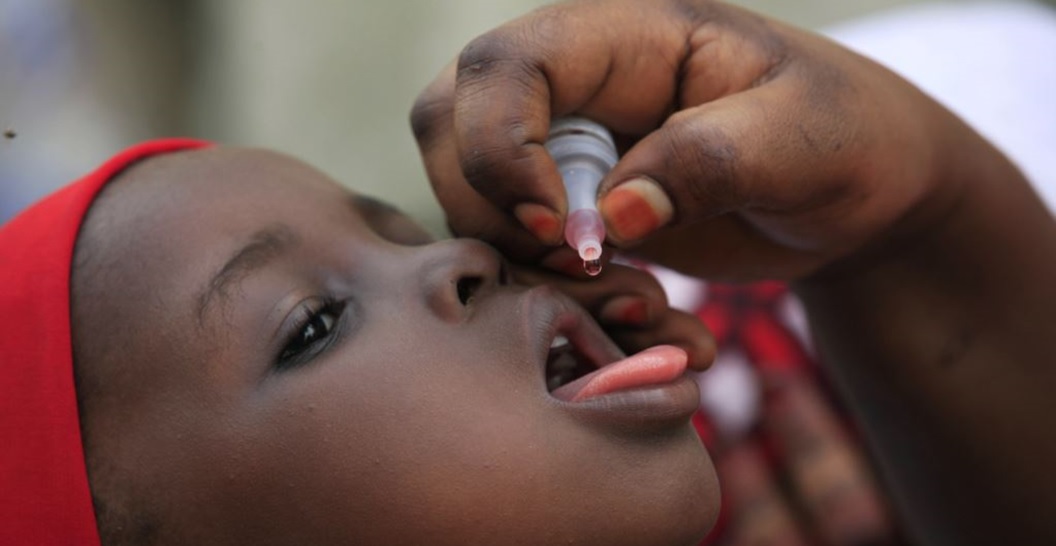Processed meat increases cancer risks
Processed meats have been in the news lately for their ability to increase stroke and cancer risks.
According to a new report from the International Agency for Research on Cancer (IARC), a branch of the World Health Organization, sausage, ham, jerky, bacon, and cold cuts cause cancer, and red meat probably does, too.
The panel that worked on the statement pored over more than 800 scientific studies to make its recommendation.
This group has been issuing these statements since the 1970s, and so far, they’ve classified almost 1,000 different kinds of things we come in contact with — from chemicals to foods to particles in air pollution. Substances are classified on a 5-tier scale:
Group 1: Carcinogenic — causes cancer
Group 2A: Probably causes cancer
Group 2B: Possibly causes cancer
Group 3: Can’t tell — not enough evidence
Group 4: Doesn’t cause cancer
Processed meat is in group 1, and red meat is in group 2A, the IARC says.
Processed meats have long been linked to certain cancers of the digestive tract, especially colorectal and stomach cancers. So the IARC’s classification isn’t really surprising, but it does give the connection new weight.
“They are the definitive authority on the subject,” says David Katz, MD, founding director of Yale University’s Prevention Research Center, in New Haven, CT.
“We’ve been advising against processed meat for a long time,” Katz says. “This is icing on that cake. I think it is important icing, just the same, but the cake was well baked before this report came out.”
Scientists can’t say exactly how much meat is too much, and the overall increase in risk is small. But they point out that your risk rises the more you eat.
Beef producers say the evidence behind the guidelines is weak at best. They point out that the 22 members of the panel that issued the recommendation were not in total agreement.
“Cancer is a complex disease that even the best and brightest minds don’t fully understand,” says Shalene McNeill, PhD, RD, executive director of human nutrition research at the National Cattlemen’s Beef Association.
“Billions of dollars have been spent on studies all over the world, and no single food has ever been proven to cause or cure cancer,” she says in a statement posted on the group’s web site.
Expert: ‘These Are Once-in-a-While Foods’
The panel determined there was enough evidence to put processed meats in the top tier of cancer risks — group 1 — alongside tobacco smoke and asbestos.
That doesn’t mean eating a hot dog is as risky as smoking, though. Instead, it means scientists are certain something causes cancer, not that the risks posed by those things are equal.
The group defined processed meats as those that are salted, cured, fermented, smoked, or otherwise treated either to enhance their flavor or keep them from spoiling.
Red meats were defined as beef, veal, pork, lamb, mutton, horse or goat.
As much as half of the red meat eaten around the world is processed.
Scientists aren’t sure how, exactly, processed and red meats cause cancer. Certain chemicals are created when meats are cured and smoked that are known to increase cancer risk. Some cuts of red meat are higher in saturated fat, which is also linked to cancer. Finally, some cooking methods like grilling or frying that sear meat at high temperatures can create cancer-causing chemicals in meat.
The panel says the more processed and red meat a person eats, the higher their cancer risk.
Each daily 50-gram portion of processed meats — about the size of an average hot dog — increases the risk of colorectal cancers by 18%, the report says. Each daily, 100-gram portion of red meat — about one-quarter of a pound — raises colorectal cancer risk by 17%.
In absolute terms, the increased risk is pretty small. For example, the risk that a man will get colorectal cancer during the course of his lifetime is about 4.8%, on average — or said differently, about 1 in 21 men will develop it in his lifetime. A 17% increase in that risk bumps it up to 5.6%, or changes that risk to about 1 in 18 men.
By comparison, a 2005 study determined that smoking a single daily cigarette could increase a person’s risk of lung cancer by about 200% to 400%.
“For an individual, the risk of developing colorectal cancer because of their consumption of processed meat remains small, but this risk increases with the amount of meat consumed,” says Kurt Straif, MD, head of the IARC Monographs Programme, in a news release.
Because colon cancers are slow growing, a person would probably need to eat that way over a period of years or even decades to see that degree of increase in their cancer risk, Katz notes.
“It’s really long periods of time that matter,” he says. “I don’t think anybody who once ate a hot dog needs to panic here.”
At the same time, the report is a good reminder to make red and processed meats occasional treats, not mealtime staples, says Marion Nestle, PhD, a professor of nutrition, food studies, and public health at New York University.
“It means these are once-in-a-while foods, not every day,” Nestle says.
When meat is on the menu, the American Cancer Society recommends baking, broiling, or poaching, rather than frying or charbroiling, to reduce the formation of cancer-causing chemicals during the cooking process.




